Holly Bradley, Bill Bateman, and Adam Cross (Curtin University) describe the natural history and conservation of the Western Spiny-tailed Skink, an Australian lizard with a mixed history of translocation success. For more information, read their 2020 review on migration translocations in Conservation Biology.
Australia harbors approximately 10% of the Earth’s reptile species, and over 96% of all lizards and snakes occurring there are found nowhere else in the world. However, this incredible and irreplaceable biodiversity is under threat. Australia is one of the highest contributors to species losses globally, with over 1700 species and ecological communities threatened with extinction. In the last 20 years alone the number of threatened reptiles has nearly doubled, with 61 species now federally listed.
The Western Spiny-tailed Skink (Egernia stokesii badia) is just one example of a unique, endemic reptile threatened with extinction in Australia. Continued habitat degradation from practices such as grazing and mineral extraction (largely iron ore) are some of the major contributors to population decline.
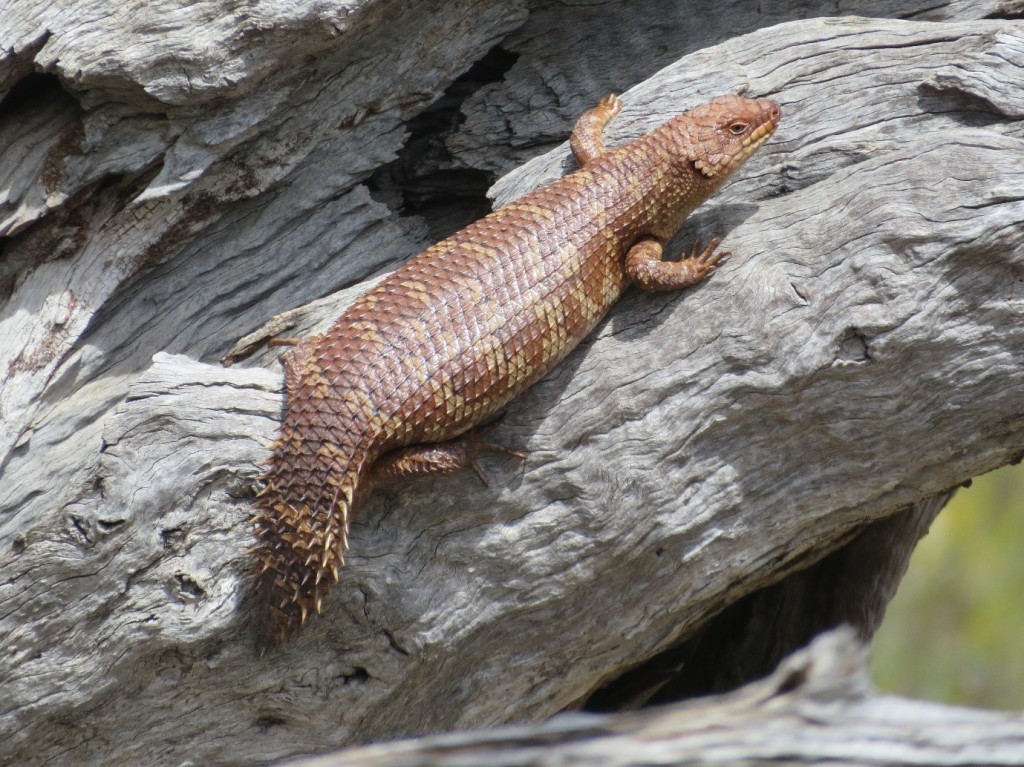
Western Spiny-tailed Skinks are one of the most social of all snake and lizard species – an uncommon trait among reptiles. Colonies of the skinks reside together in log ‘castles’, consisting of hollow logs and fallen branches. These natural structures provide a year-round residence for the skinks, who create latrine piles in select areas outside of the logs in order to keep the hollows clean.
Cultural significance
As well as being an ecologically unique threatened subspecies, with distinct spined scales particularly on their tails, and occurring only in a small region of Western Australia, spiny-tailed skinks are also culturally significant. PhD researcher Holly Bradley met with Badimia elder Darryl Fogarty to discuss the cultural significance of the skinks in her study area, the southern region of the Mid West. Elder Darryl Fogarty informed the local name of the skinks to be meelyu, and for some members of the regional community they represent a sacred totem. Totemic animals are common for many Indigenous groups across Australia and are linked with the worldview that people are an integral part of nature, belonging to a network of spiritual and physical entities.
Often, a totem will represent one’s connection with one’s nation, clan or family group. With a preordained totem comes a spiritual responsibility, where a person is accountable for the stewardship of their totem, meaning it is protected and passed down to the next generation. For many groups, this means that a person cannot eat the animal totem. Before Europeans colonized Australia, this traditional practice contributed to maintaining biodiversity and ensuring an abundance of food supplies; part of ‘caring for country,’ or maintaining ecosystem health.
The reverence with which totemic species were regarded helped to prevent significant declines in certain animal population numbers in the past. However, after the imposition of European land management into Western Australia, changes have occurred to the ecosystem balance. For example, large areas of native vegetation have been cleared, largely for urban development and agriculture, and the introduction of hoofed livestock has degraded and compacted soils. Introduction of domestic animals has also led to feral cat invasion across over 99.8% of the Australian land mass, which has led to wildlife devastation. For the skink, these changes have meant significant population declines throughout its Mid West range.
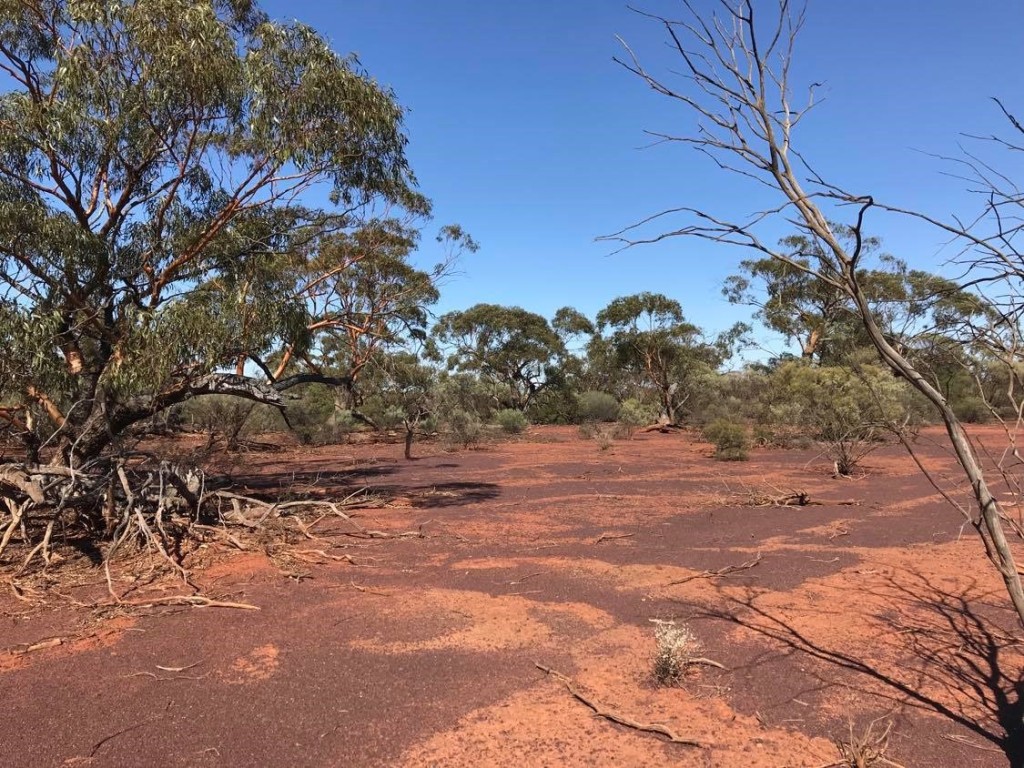
Translocation requirements
In the face of continued transformation, habitat loss, and landscape-scale degradation, one of the ways in which Australia is trying to combat biodiversity loss is by relocating wildlife away from areas where they are likely to be (or definitely will be) impacted by these threats. Under Commonwealth regulation, if a proposed action by a mining company, such clearing of native vegetation, causes significant impact to a threatened species, approval may be conditional upon mitigation or offset measures, such as the translocation of individuals away from the threat. However, translocation is rarely a condition included as part of a decision notice without a high degree of certainty of success.
For non-threatened species, there are no Commonwealth laws which require a standard for translocations, and decisions are made on an ad hoc basis, generally with assisted relocation of larger charismatic mammals such as kangaroos and quenda, allowing local cities or councils a social license to continue urban development, without providing ongoing funding to monitor the long-term success of these translocations. After analyzing the outcomes of hundreds of translocation efforts around the world, we (Bradley et al. 2020) urge all land managers to shift their thinking away from what appears to be a poorly effective strategy. Although removing animals from areas destined for clearing might appear a simple resolution to the threats posed by activities such as urban sprawl or mining, it does not actually guarantee the survival of the individuals that are ‘saved’. In fact, our review of this practice indicates that there is little follow-up on the success of translocation and many translocations may result in the eventual death of the translocated individuals.
To be successful, translocations need to ensure not only that relocated individuals survive but also that they contribute to the long-term persistence of a self-sustaining, reproducing population. Many mitigation-motivated translocations, i.e., relocations that respond to an immediate threat to individuals, have only the single goal of moving an individual or population away from the immediate danger. However, for these animals to actually survive and persist, it is critical that the design of translocation efforts be informed by sound science and an understanding of the complex ecology of the different species targeted for “saving”. Crucially, it is essential to monitor the translocated animals to understand their behaviour in the new location, estimate likely population viability in that location, and better understand and communicate how translocation efforts might be improved in the future.
We have just entered the United Nations Decade on Ecosystem Restoration, which represents a growing global commitment towards preventing, halting and reversing the degradation of ecosystems. However, for there to be the restoration and protection of fully functioning, healthy ecosystems, it is important for translocations to target a suite of ecologically significant species, rather than just the larger, charismatic mammals. Current biases generally exclude consideration of reptiles within assessments of mine site restoration success, despite their particularly high diversity and abundance within the arid mining regions of Australia, and their occupation of important ecological niches. The well-known ‘Field of Dreams’ idea, presented as one of the abiding myths of restoration ecology, assumes native animals will return on their own after revegetation of a site but, in practice, it doesn’t always work out that way.
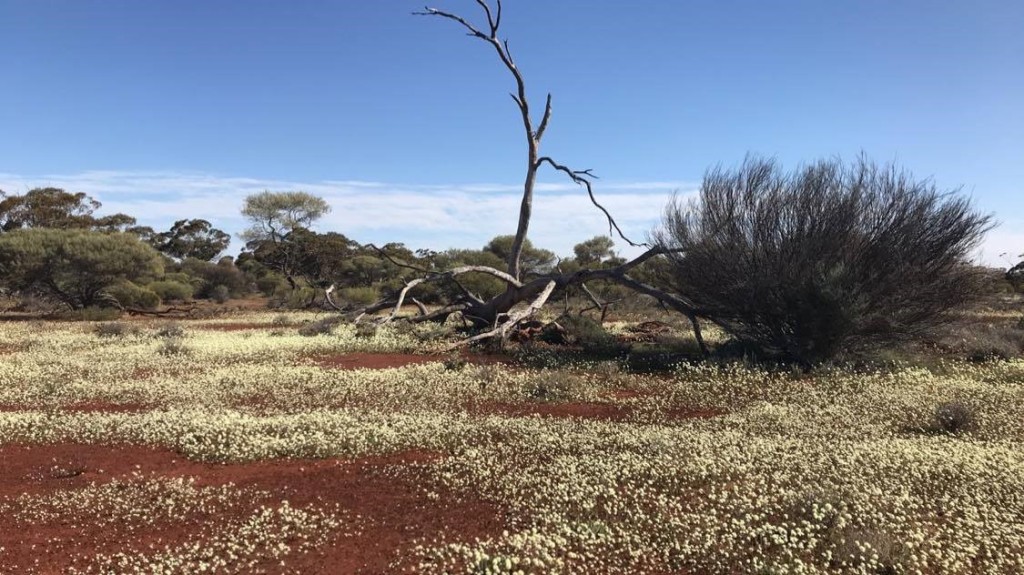
Translocation case study: spiny-tailed skinks
As iron ore extraction continues in Western Spiny-tailed Skink’s habitat throughout the Mid West region, future translocations of colonies of this endangered reptile are likely. Understanding the basic requirements for establishment and persistence is crucial, and gathering this knowledge requires significant investment in research and monitoring. For example, detailed studies are required of the diet and habitat log pile characteristics needed for colonies to thrive. As these skinks are shy and observational records are difficult to obtain, this means other research methods are required, such as collecting scats for visual and genetic analysis of the invertebrate and plant contents of their diet. A more informed understanding of diet can help improve translocation site selection, as it is important to know what plant and animal species are important food sources that must be present or else be planted or reintroduced in restoration sites for successful recolonization.
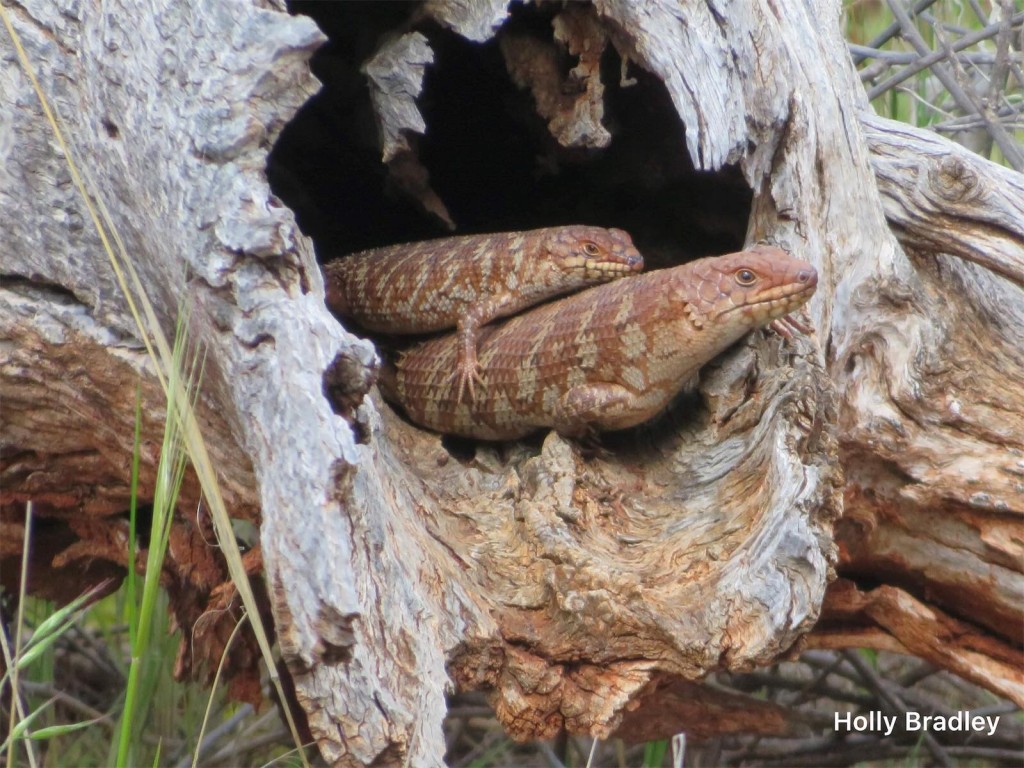
Another example of critical information to promote successful translocations is understanding the key predation threats to the Western Spiny-tailed Skink. Despite the protection of their unique spined tails which allow them to lodge tightly into crevices and act as a defensive mechanism against attack, they are still at risk of decline from predation. One method to understand the key predators of skinks within the Mid West has been to place camera traps at active colony sites. Below is an example of an image captured of a feral cat with an adult skink in its mouth, indicating that control of feral predators, particularly cats, is likely to be critical in ensuring the initial survival of relocated skink individuals.
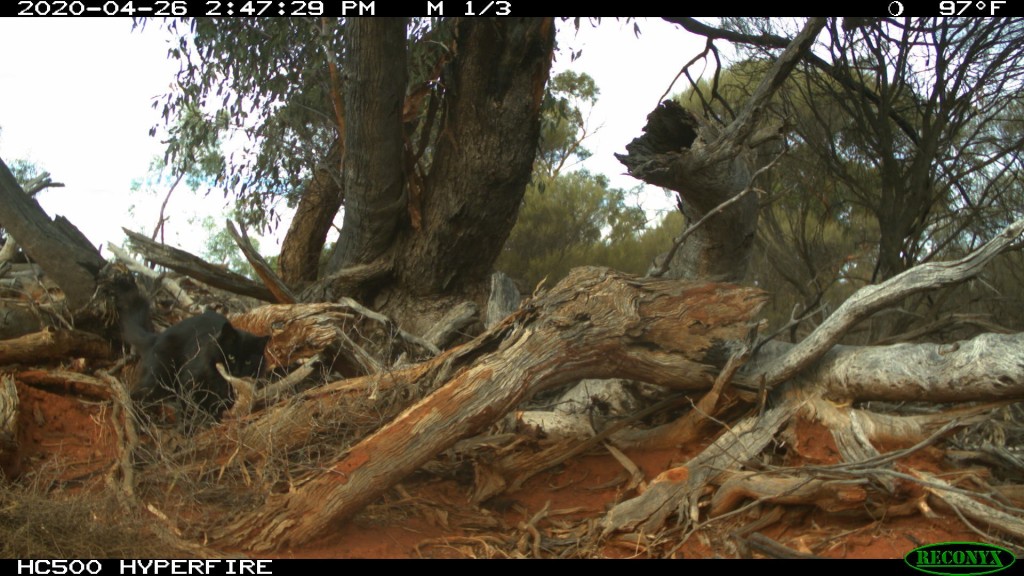
It is also important to understand how translocated individuals integrate within the recipient ecosystem, and that they do not introduce any non-native parasites, or outcompete any native species for food resources. Research by Bradley et al. (2020) shows that those who undertake mitigation translocations rarely consider the long-term impacts of how translocated animals affect the recipient ecosystem, and if the carrying capacity of the translocation site has space for the introduction of new individuals.
Translocation can be expensive (for example, the relocation of cheetahs (Acinonyx jubatus) in Namibia cost about $2800 USD per individual), and the continued funding and implementation of ad hoc species relocations to justify continued habitat loss may be both wrong-headed and a waste of limited conservation dollars. Translocation is also a highly stressful practice for the animals, and it is counter-productive to go through such efforts if there are no territories or food resources available for their survival.
To improve the outcome of future translocations of the Western Spiny-tailed Skink, it is also important to understand the complexity of the recipient ecosystem and how best to help translocated individuals assimilate there. Detailed habitat assessment and locating appropriate log pile structures can determine if the recipient site is appropriate for the skinks, and targeted surveys can determine if skinks are already present within the area. Selection of translocation sites as close as possible to the source location will prevent the co-introduction of non-native parasites or diseases.
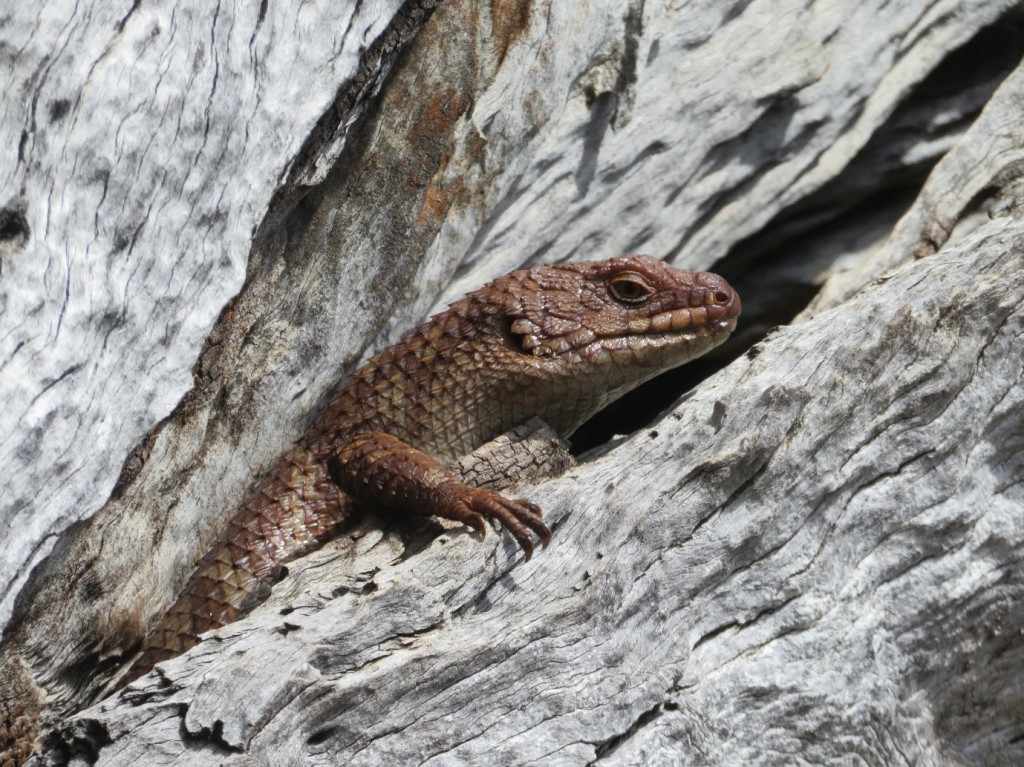
The way forward
Less than half of all published studies undertaking translocations compared or tested different techniques (Bradley et al. 2020). Without a comparison of different techniques, such as whether supplementary feeding during an ‘acclimation’ phase at the translocation site or if the establishment of temporary fencing might help population establishment compared with simply releasing animals into new habitat, it will be very difficult to improve translocation practices for the future. Given current success rates are less than 25% for mitigation translocations around the world (i.e., the number resulting in self-sustaining populations), there is huge room for improvement. A holistic approach to land management considering both ecological and cultural significance can both protect and restore community wellbeing, as well as promote the return of functional, self-sustaining ecosystems in restoration practice.
For more information, read our 2020 review of migration translocation success in Conservation Biology: Bradley H, Tomlinson S, Craig M, Cross AT, Bateman B. 2020. Mitigation translocation as a management tool. Conservation Biology https://doi.org/10.1111/cobi.13667.
Pingback: A new perspective for plant translocation science: the International Plant Translocation Conference has been born | Natural History of Ecological Restoration